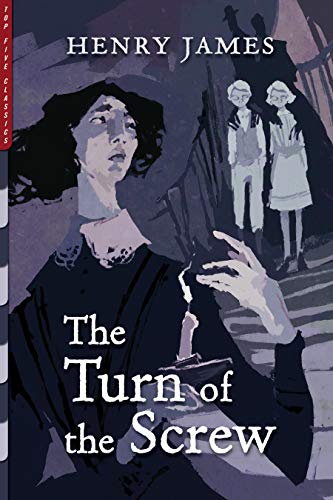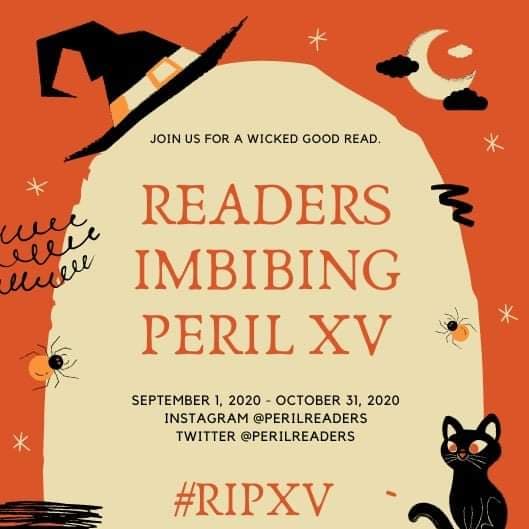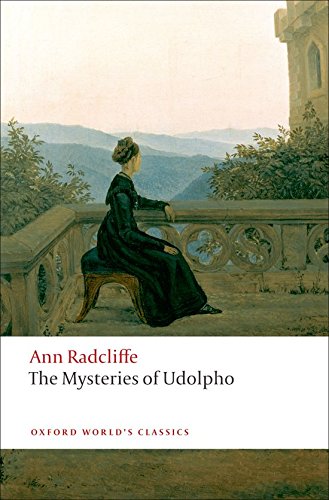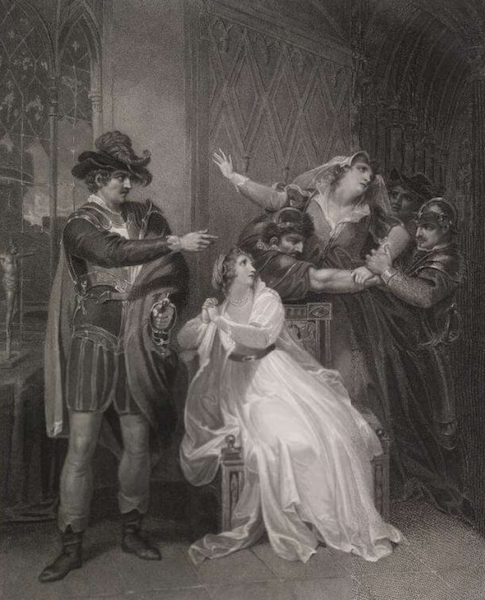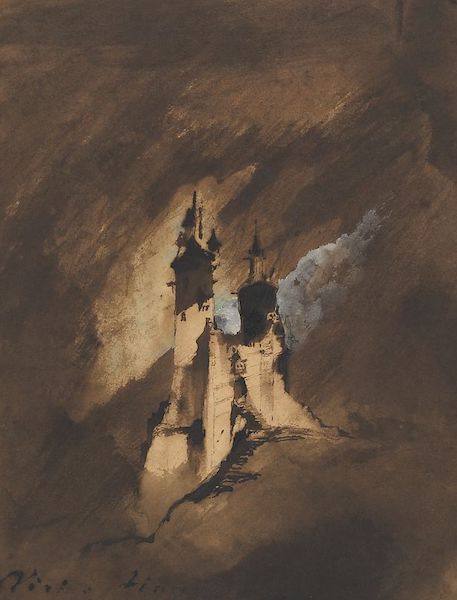Top 5 Tuesday is a monthly-weekly meme hosted by MeeghanReads. This Tuesday’s topic is “Top 5 Books with Witches“. It’s October, after all!
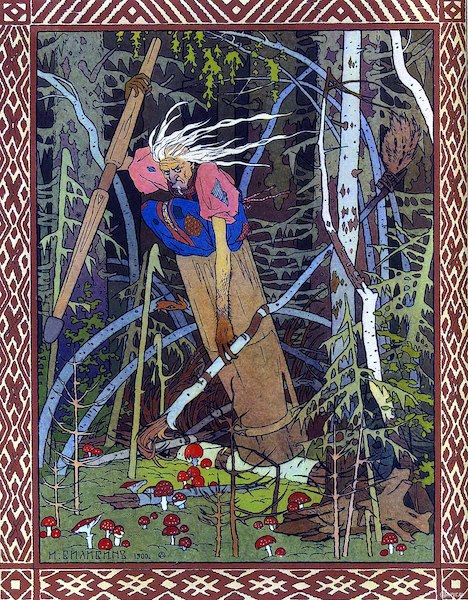
Baba Yaga lived in a hut standing on chicken legs, in the middle of a dark forest. If you’ve read Russian folklore before, you know that Baba Yaga was often the stepmother’s wicked and wise relative, who would put the heroine to the test. If the heroine failed, she would be dinner. Baba Yaga remains the quintessential Witch for me.

Rachel Morgan in Kim Harrison’s The Hollows Series. Rachel Morgan is a witch who works as a runner (police officer) for Inderland Security (IS). The IS is the police for the paranormal species of society, like weres, vampires, banshees, pixies, witches, demons, etc. The IS was established some 40 years ago, when a virus outbreak caused mayhem (when doesn’t it?) and forced the paranormal community into light. If you’re interested in the darker UF genre, The Hollows is your next series.
Laura Chant, in Margaret Mahy’s The Changeover. I wonder why Changeover is not better known. It won the Carnegie Medal in 1984 and since then, has also been made into a fairly decent movie (trailer below). Laura Chant’s toddler brother is possessed by an unnervingly wicked goblin-esque creature. Laura has only one way out: to change over and claim her “witchy” powers.

Elizabeth Proctor, in The Crucible by Arthur Miller. There are few tales as horrifying and enduring as that of the Salem Witch trials in The Crucible – and that, a 1953 play, no less. Witch-hunting is a theme that has been portrayed in countless books and shows, including Outlander series by Diana Gabaldon. But Crucible stands out, for exposing the hypocrisy and devastating power of socially-sanctioned violence. Here’s Miller on why he wrote The Crucible.
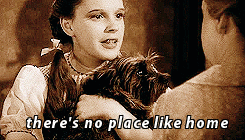
Good Witch of the North and Wicked Witch of the East, in The Wonderful Wizard of Oz by L. Frank Baum. These were probably the first witches I ever read about (outside of Disney, I mean). Without the Good Witch, there would be no Yellow Brick Road, and without the Bad Witch, there would be no Silver Shoes. I think I’m not making any sense… But really, there’s no tale like The Wizard of Oz.
